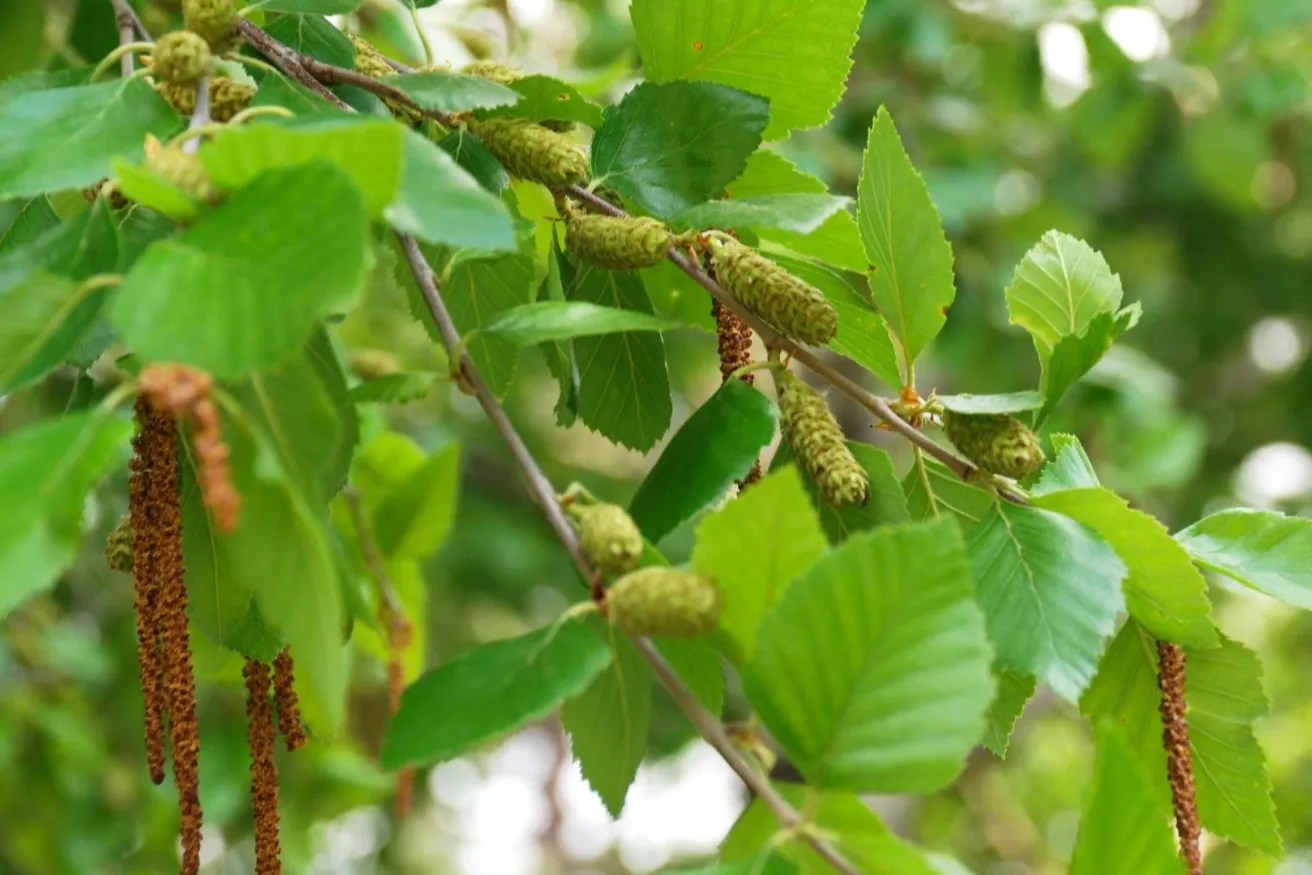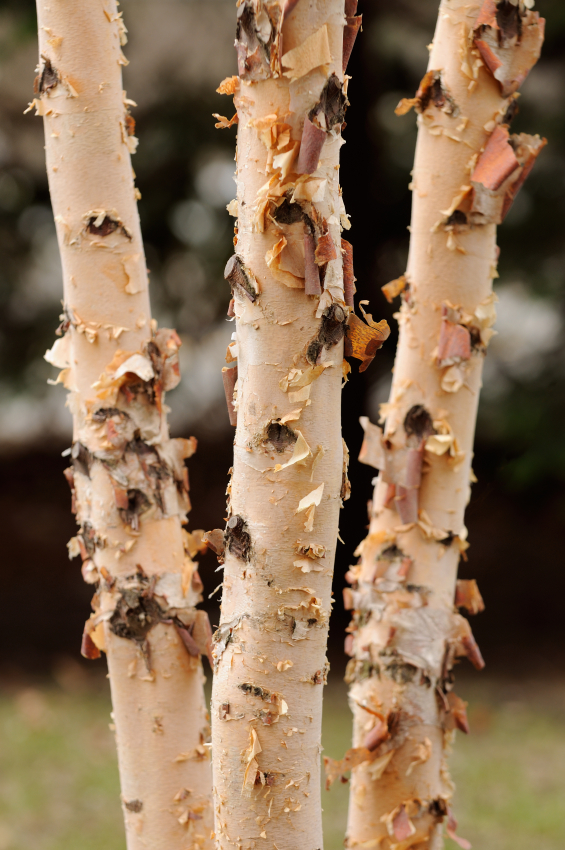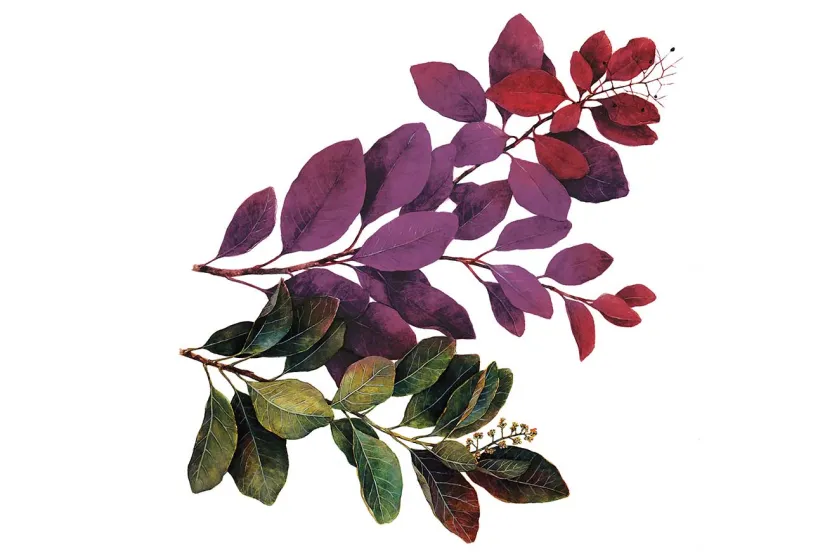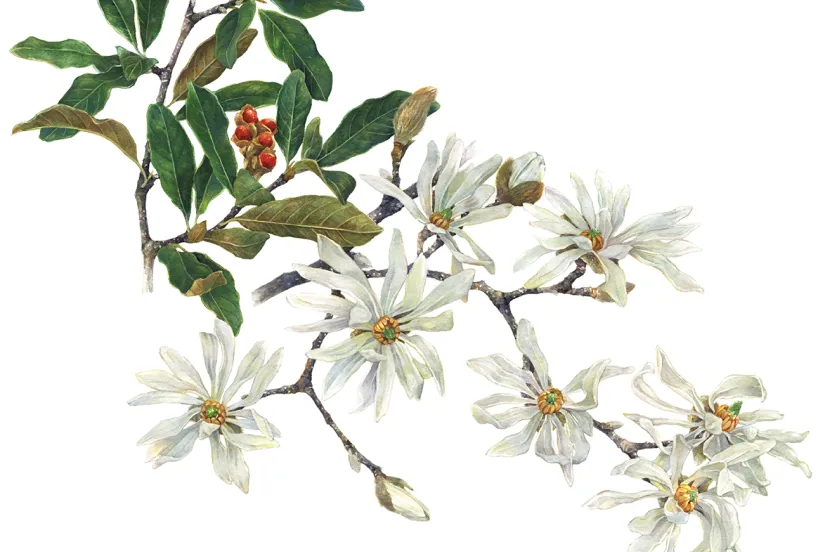Now live: The 2025 Canopy Report. Learn how Americans see trees. GET THE REPORT
Betula nigra
River birch is a tree that is easy to admire. As its name suggests, the river birch naturally grows along river banks. Mud is a natural bed for the seedlings and the tree is excellent for holding stream banks, helping to keep erosion in check. It is one of 12 Birch species that extend south from the Arctic Circle, and the only one that grows naturally at low elevations in the southeastern part of the U.S.
Its ability to withstand dryness better than other birches has made it popular for planting in landscapes where its white-barked kin inevitably suffer stress from summer drought and eventually succumb to the bronze birch borer. This species is resistant to both. It has moderately strong wood, a graceful, semi-weeping form at maturity, and it can withstand the trampling effects of foot traffic.
This tree quietly serves an important role in anchoring the soil and providing a cornucopia of seeds for woodland birds and small mammals. The catkins of the river birch are used by redpolls and pine siskins, and the foliage is eaten by deer and other browsers.
The beauty of its spreading limbs and unique curly bark make river birch a tree for all seasons. Its “feisty” nature also makes it the most widely distributed birch in our country, although it is not planted as commonly as other landscape trees.
Along the River
River birch has developed a marvelous mechanism that enables it to thrive along river banks and to distribute its offspring far and wide throughout the lowland country of its natural range. While most trees, including other birches, produce their seeds in late summer or autumn, river birch gets a head start. Its seeds ripen in May and June, just in time to take advantage of high water to float seeds downstream. Whether seeds fall directly on the ground or float away until getting stranded in a new location, they can take advantage of high soil moisture to provide a good place to germinate the very same season.





